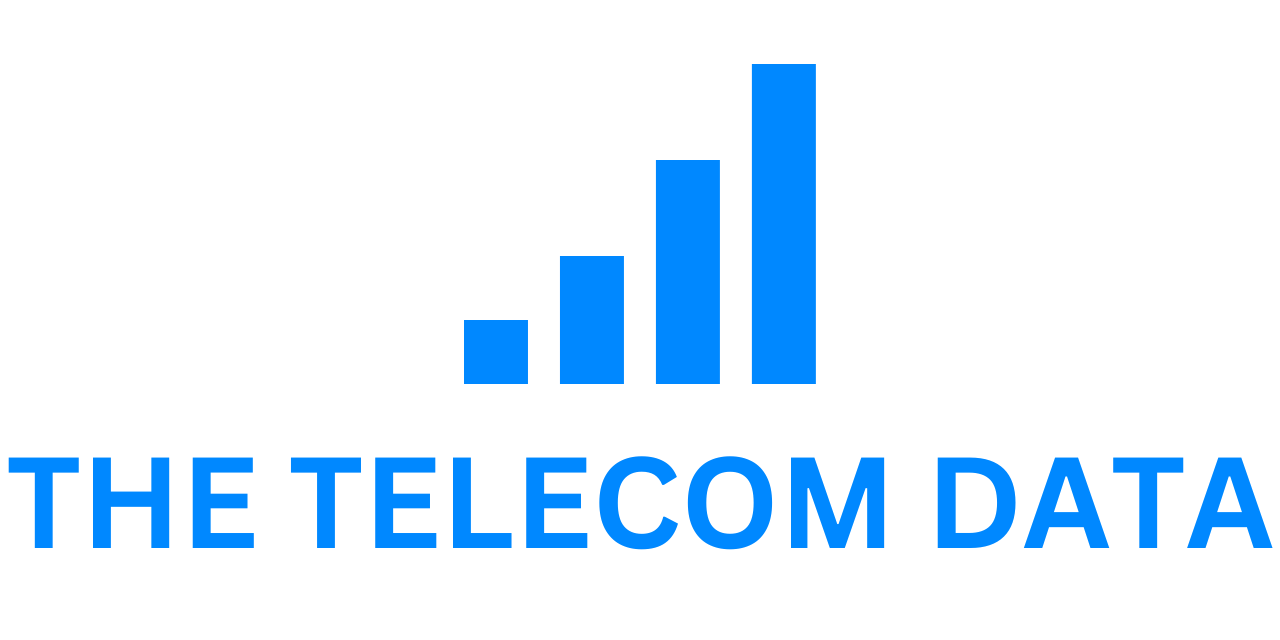In today’s digital era, the power of information is undeniable. However, for individuals with disabilities, accessing this information can be a significant challenge. Online content, including websites, articles, and videos, often presents barriers that hinder their ability to fully engage with digital resources.
But envision a world where technology transcends these limitations, enabling seamless access to information for everyone, regardless of their abilities. This is where Artificial Intelligence (AI) steps in as a transformative force.
AI serves to enhance accessibility, making technology more inclusive and user-friendly for all individuals. By leveraging AI, people with disabilities can more easily access information and ideas, thereby fostering a more equitable digital landscape.
What exactly is AI?
At its core, Artificial Intelligence (AI) is a captivating field of computer science dedicated to creating intelligent machines capable of performing tasks typically requiring human cognition. These tasks encompass understanding language, recognizing patterns, solving intricate problems, and learning from past experiences. AI also involves the development of computer programs adept at swiftly and accurately processing vast amounts of data.
AI’s applications are diverse, ranging from object and face recognition to text-to-speech capabilities and navigation assistance. These functionalities significantly enhance accessibility, particularly for individuals with disabilities.
Consider the internet—a vast repository of knowledge and resources. Yet, not everyone can readily access its wealth of information. Individuals with disabilities, whether affecting sight, hearing, or mobility, often encounter obstacles when attempting to navigate online platforms.
Here, AI emerges as a superhero, working tirelessly to break down barriers and improve accessibility. By ensuring that everyone can access and utilize online resources irrespective of their physical limitations, AI levels the digital playing field and fosters inclusivity on the web.
In essence, AI revolves around crafting intelligent systems that simplify and enrich our lives, making them more efficient and captivating.
Examples showcasing AI’s role in enhancing accessibility:
- Visual Assistance from AI:
- AI-driven tools like screen readers and text-to-speech software empower individuals with visual impairments by vocalizing on-screen text, thereby making written content accessible.
- Image recognition technologies describe images and videos, enabling visually impaired users to comprehend visual content.
- AI-Generated Alt Texts for GIFs:
- GIPHY’s collaboration with a digital accessibility provider resulted in the creation of alt text captions for 10,000 frequently shared GIFs, enhancing accessibility for visually impaired individuals.
- AI-Assisted Closed Captioning by Netflix:
- Netflix employs AI algorithms to generate accurate captions and translations, improving multimedia accessibility for individuals with visual or hearing impairments.
- Live Transcription with AI:
- Tools like Google Live Transcribe provide real-time speech transcription, facilitating communication for individuals with hearing impairments.
- AI-Enabled Hands-Free Navigation:
- Voice command technology enables individuals with mobility issues to navigate the internet without the need for traditional input devices like keyboards or mice.
While AI significantly bridges the accessibility gap, challenges persist. AI’s occasional errors and inherent biases, such as difficulties in understanding diverse accents or languages, underscore the need for vigilance and inclusivity in its development and deployment.
Nevertheless, the future brims with promise. As AI continues to evolve and innovate, it holds the potential to further enhance accessibility, ensuring that technology remains accessible to all. By fostering digital inclusivity and equality, AI propels us towards a future where the internet is truly accessible to everyone, regardless of their abilities.
As advancements in AI unfold, we anticipate a more accessible and inclusive digital landscape, heralding a new era of empowerment and connectivity for individuals with disabilities.







